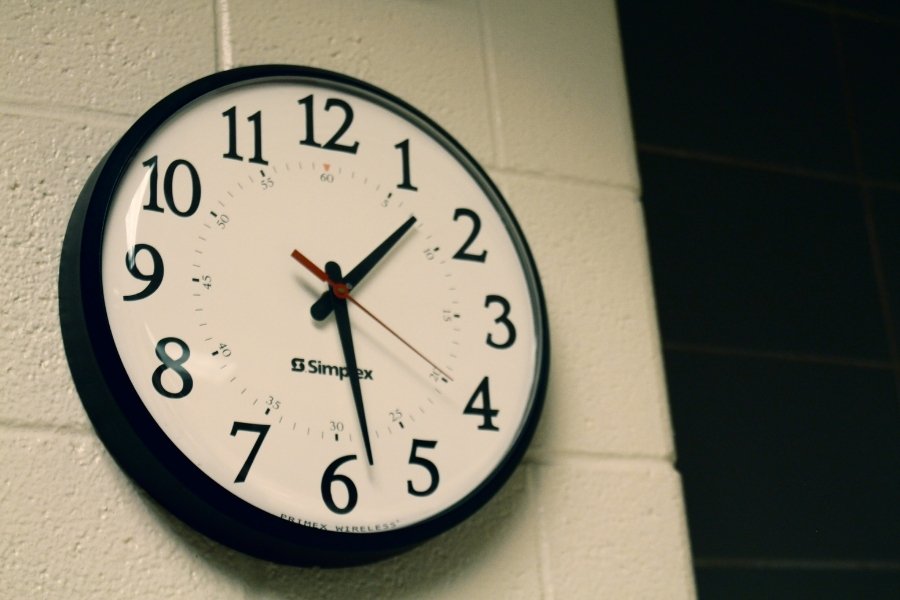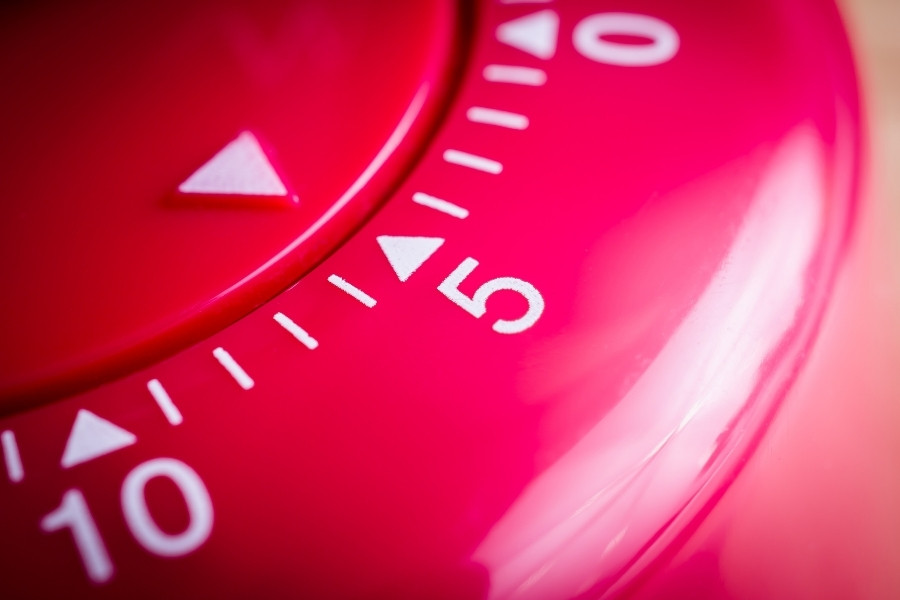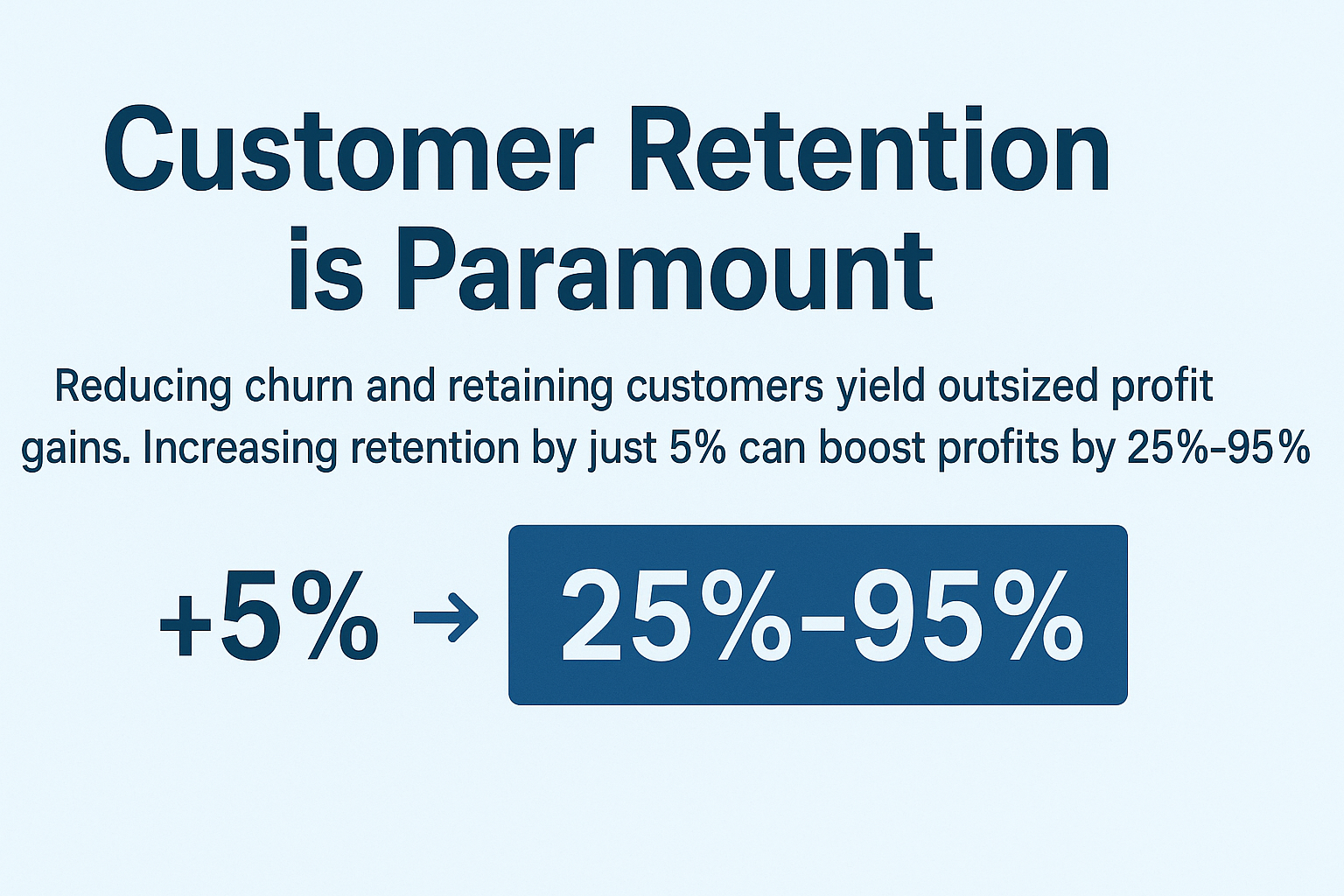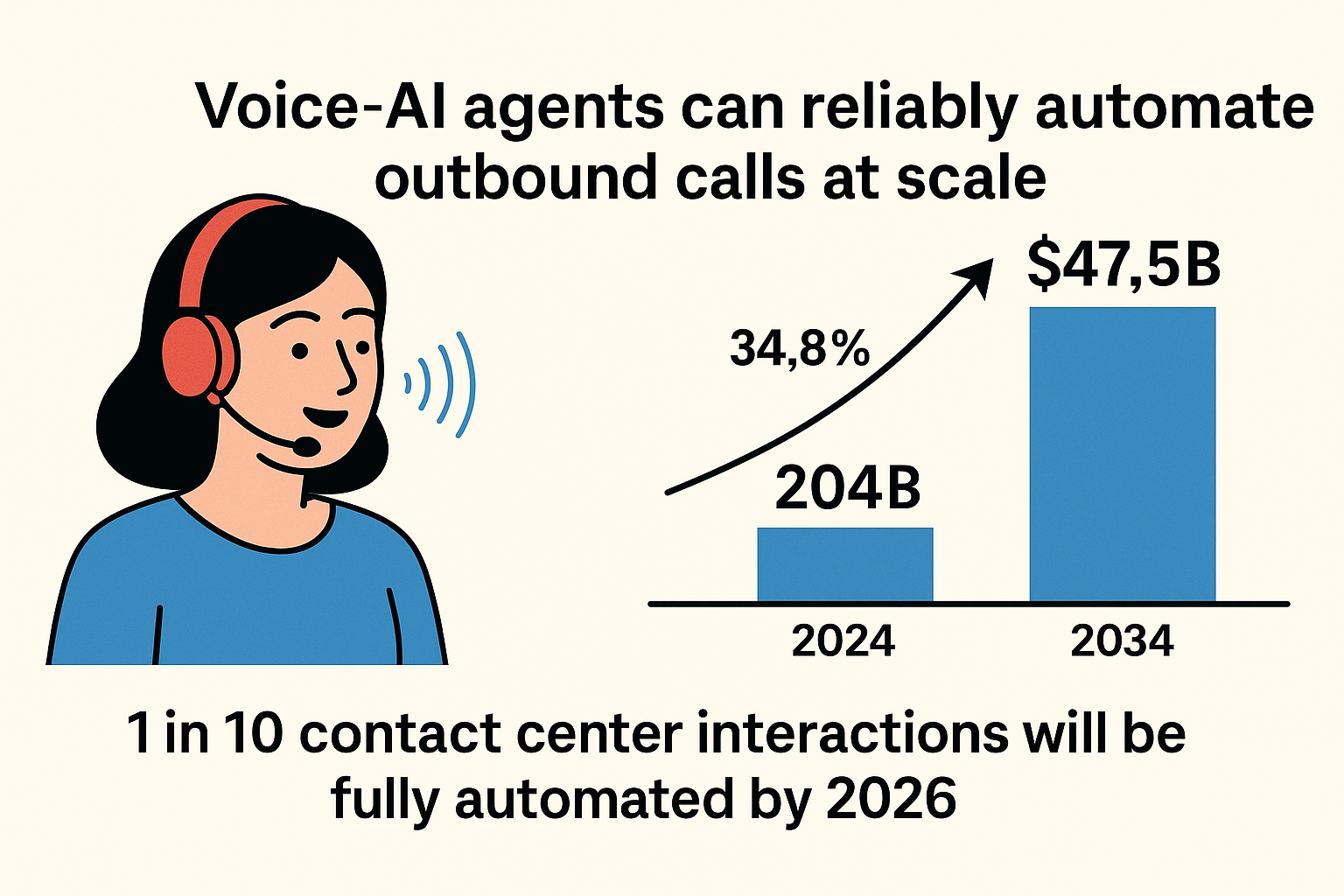Leaving a voicemail for a business contact is a critical communication skill that can significantly impact professional relationships and outcomes. In today’s landscape, voicemails are more important than ever. Many phone providers, including Apple, now convert voicemails into text messages, making them easier for recipients to read and respond to.
This technology has led to an increase in voicemail response rates, highlighting the importance of clear, concise, and effective messaging.
Effective voicemails not only enhance response rates but also reinforce a professional image. By following voicemail best practices, you can increase the likelihood of receiving timely callbacks and foster more meaningful interactions with clients and colleagues.
Notably, the art of voicemail can involve several key strategies, including personalization, clarity, and conciseness. A personalized message that addresses the recipient by name and references specific aspects of their business can help capture attention and demonstrate genuine interest.
Furthermore, structuring a voicemail with a clear introduction, purpose, and a compelling call-to-action ensures that the recipient understands the intent of the message and how to proceed.
Timing also plays a pivotal role in the effectiveness of voicemails. Research suggests that certain days and times, such as Tuesdays and early mornings, yield higher response rates, making it essential for individuals to consider these factors when leaving a message.
Additionally, understanding industry-specific nuances, such as compliance with regulations in healthcare, further underscores the importance of tailoring voicemail practices to context and audience.
However, common pitfalls exist that can hinder the effectiveness of voicemails. Issues such as vagueness, failure to identify oneself, and overly lengthy messages can detract from the professional tone intended. By avoiding these mistakes and focusing on delivering clear, engaging, and respectful messages, individuals can greatly enhance their communication effectiveness and build stronger professional connections.
Best Practices for Leaving a Voicemail

Leaving a professional voicemail is an important skill that can significantly enhance communication in a business context. Adhering to best practices not only maximizes the chances of getting a response but also enhances your professional image. Here are some key strategies to consider when crafting an effective voicemail.
Strategies for Creating an Attention-Grabbing Voicemail
Personalization
One way to grab the recipient’s attention is to personalize your message. You may start by addressing the recipient by their name and/or referencing something specific about the way they contacted you, like the lead source or other forms of information you may have. This demonstrates that you have their personal interests and needs in mind
Clarity and Conciseness
Short and concise messages are more effective, particularly with voicemail-to-text technology. Try to keep your voicemail under 30 seconds to ensure the recipient can quickly read or listen to it without losing interest.
Closing with a Strong Call-to-Action
Incorporate a clear call-to-action (CTA) at the end of your message. This entices the listener on “why” to proceed and encourages them to respond promptly. A well-crafted CTA reduces ambiguity and motivates the recipient to engage with your message. Also, avoid vague phrases like “Let me know.” Instead, say something like, “Please call us back by the end of the day at [your number].”
Best Times of Day to Leave Voicemails

Timing is Still Relevant but Less Critical. Traditionally, certain times of day have yielded higher response rates. Research suggests these optimal times for leaving voicemails:
- Early Morning (6:45–8:00 AM): Voicemails left during this time had a 15% better callback rate, as individuals often check messages before starting their day.
- Mid-Afternoon (2:00–4:00 PM): A common lull in the workday when recipients may have more availability to respond.
- Late Afternoon (4:30–6:30 PM): This time slot can see a 19% increase in callbacks, as people prepare to wrap up their workday.
However, with the rise of voicemail-to-text, time of day is becoming less critical. Recipients now engage with voicemails when it’s convenient for them. While timing still matters, it no longer holds the same weight it once did. The focus should shift toward crafting concise and engaging messages that are easy to act on, no matter when they are read.
Best Days of the Week for Leaving Voicemails
The day of the week can also impact voicemail effectiveness.
- Tuesdays and Wednesdays: These mid-week days are often cited as the best for leaving voicemails, as recipients are typically settled into their week and more likely to engage
- Thursdays: This day is also favorable, as many people are motivated to complete tasks before the weekend
- Slow Fridays: Voicemails left on Fridays are often less effective, as recipients may mentally check out in anticipation of the weekend, decreasing the likelihood of a prompt response
Frequency of Follow-ups

After leaving a voicemail, it is recommended to wait 24 to 48 hours before leaving another. This timeframe allows the recipient to digest the information without feeling pressured, striking a balance that promotes responsiveness
Furthermore, be cautious not to overwhelm them with multiple voicemails; research suggests that making no more than three attempts in a week is optimal
By adhering to these timing considerations, businesses can enhance the effectiveness of their voicemail outreach, leading to improved response rates and better engagement with prospects.
Sending a follow-up text or email after leaving a voicemail can significantly enhance response rates for businesses. Studies and industry insights indicate that combining multiple communication channels boosts engagement because it caters to recipient preferences and ensures your message is seen, even if the voicemail is overlooked. Here’s how much of a difference this approach can make:
Boost Response Rates with Alternative Communication
Text Follow-Ups: When paired with a voicemail, follow-up texts can increase response rates by up to 20-30%, as they remind recipients to check the voicemail and provide an immediate way to respond.
Email Follow-Ups:
- Emails provide a more detailed way to reiterate your message and can improve response rates by 10-15% when included after a voice mail.
- Including a clear callback number streamlines the process for the recipient, making them more likely to engage.
Why This Works
- Multi-Touch Approach: People respond differently to various channels. A voicemail might go unnoticed, but a text or email ensures your message is received in another format.
- Convenience: Texts and emails are easy to access and respond to during a busy day compared to calling back immediately.
- Urgency and Visibility: Sending a follow-up message conveys the importance of the call and keeps your outreach top of mind.
Best Practices for Follow-Ups

- Timing: Send the follow-up within 5–15 minutes of leaving the voicemail. This ensures the two messages are connected in the recipient’s mind.
- Personalization: Mention the recipient’s name and reference the voicemail topic to make it more engaging.
Impact on Businesses
Using a multi-channel strategy (voicemail + text/email) not only increases response rates but also improves customer experience. By meeting prospects and clients on the platform they prefer, businesses can:
- Enhance engagement by 30-50%, depending on the audience and industry.
- Reduce the need for repeated follow-up calls, saving time and resources.
- Strengthen professional relationships by demonstrating persistence and flexibility.
The Final Attempt Script
The Final Attempt script serves as a last chance to connect with prospects who have not responded. This method highlights the caller’s value while acknowledging the recipient’s busy schedule, thereby enhancing credibility and demonstrating commitment to solving their challenges.
Research indicates that multiple follow-ups can significantly boost engagement, making this approach vital for re-engaging potential leads or prospects.
In today’s fast-paced world, voicemails have become even more effective as voicemail-to-text technology allows recipients to read and respond at their convenience. This shift has reduced the emphasis on the timing of calls, making the quality of your message more critical than ever.
By combining concise, engaging voicemails with follow-up texts or emails, businesses can significantly improve response rates, foster stronger connections, and cater to the preferences of modern audiences. Adopting these best practices ensures your communication stands out, driving better engagement and reinforcing your professional image.






